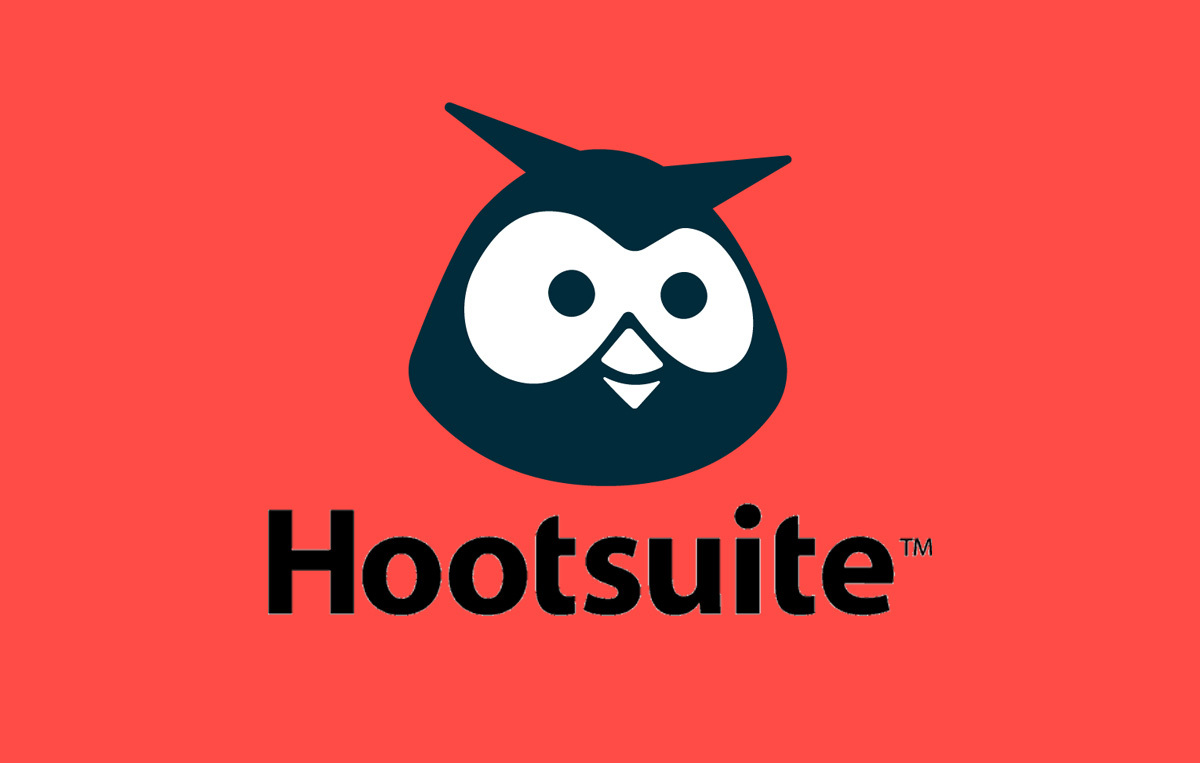Case Studies: Why Companies are Using Ansible and the Benefits They Are Getting
 Vaibhav Parekh
Vaibhav Parekh
Ansible has emerged as a top automation tool for managing IT infrastructure, especially in areas like configuration management, application deployment, and cloud provisioning. In this blog, we’ll dive into case studies from real-world companies that have adopted Ansible, exploring the reasons behind their choice and the tangible benefits they’ve gained.
1. NASA: Automating IT Operations with Ansible

The Challenge:
NASA’s Jet Propulsion Laboratory (JPL) had an expanding IT infrastructure that required consistent configuration and frequent software deployments. The scale and complexity of the environment made manual management time-consuming and error-prone. Their development team needed to streamline deployment processes across thousands of servers.
The Solution:
NASA adopted Ansible to automate repetitive IT tasks, manage configuration drift, and facilitate large-scale deployments.
Benefits:
Speed and Efficiency: Ansible helped NASA reduce deployment times from hours to minutes by automating configuration management and application deployments.
Simplicity: The YAML-based syntax made it easy for NASA’s engineers to create playbooks, improving collaboration among teams.
Scalability: Ansible's agentless architecture allowed seamless management of thousands of machines without having to install additional software.
Results:
NASA saw a drastic improvement in system uptime and software deployment times. This allowed their engineers to focus on more complex tasks, improving innovation and productivity.
2. Hootsuite: Simplified Cloud Provisioning and DevOps Pipeline

The Challenge:
As a social media management platform, Hootsuite faced the challenge of managing a growing infrastructure with multiple cloud services. The manual configuration and provisioning process hindered the agility of their DevOps team.
The Solution:
Hootsuite used Ansible to automate cloud provisioning and integrate it with their CI/CD pipeline, improving the speed of development and deployment cycles.
Benefits:
Cloud Automation: Ansible allowed Hootsuite to automate their cloud provisioning, making it easier to manage resources across AWS, Google Cloud, and Azure.
Improved Deployment Cycles: By automating the entire DevOps pipeline, Hootsuite achieved more frequent releases and rapid scaling of applications.
Reduced Human Error: Automation helped reduce misconfigurations and downtime due to manual errors.
Results:
With Ansible, Hootsuite reduced their infrastructure provisioning time from hours to minutes. They also saw a notable decrease in configuration errors, improving application stability and customer satisfaction.
3. Booking.com: Centralized Management of Global Infrastructure

The Challenge:
Booking.com operates in multiple countries, and its infrastructure supports millions of daily users. Managing the configuration and deployment of such a large environment across data centers worldwide was becoming increasingly complex and resource-intensive.
The Solution:
Booking.com adopted Ansible for centralized configuration management, automated patching, and scaling applications across their infrastructure.
Benefits:
Centralized Control: With Ansible, Booking.com achieved centralized control of all server configurations across global data centers.
Consistency: Ansible’s idempotency ensured that deployments were consistent, with no unexpected configuration drift.
Ease of Use: Ansible’s agentless nature and simple playbook structure made it easy for their teams to manage and scale operations without a steep learning curve.
Results:
Ansible helped Booking.com reduce operational overhead and improve the speed of software releases. Their teams could now scale their services faster, meeting the high demands of their global user base.
4. Atlassian: Enhancing Development Pipelines

The Challenge:
Atlassian, a major software company known for Jira and Confluence, faced challenges in managing development environments. Each team had unique configurations, leading to inconsistencies and errors during application deployment and testing.
The Solution:
Atlassian leveraged Ansible to standardize and automate their development environments, ensuring consistency across different teams.
Benefits:
Environment Standardization: By using Ansible playbooks, Atlassian ensured that all development environments were configured consistently, reducing deployment issues.
Seamless Integration: Ansible’s flexibility allowed Atlassian to integrate it easily with their existing CI/CD tools.
Increased Productivity: Developers could now spend more time focusing on writing code rather than troubleshooting configuration issues.
Results:
Ansible helped Atlassian reduce the number of bugs related to configuration issues and improve the overall speed of their software delivery pipelines. The automation also led to fewer errors and increased team productivity.
5. Cisco: Network Automation and Security Management

The Challenge:
Cisco’s internal IT teams were managing a large number of network devices, each with different configurations and patch management requirements. The complexity of ensuring security compliance across all devices was becoming overwhelming.
The Solution:
Cisco implemented Ansible to automate their network device configurations and security patching processes.
Benefits:
Network Automation: Ansible allowed Cisco to automate the management of routers, switches, and firewalls, ensuring consistent configurations across all devices.
Security: With automated patch management, Cisco could quickly identify and address vulnerabilities, improving their overall security posture.
Reduced Downtime: By automating repetitive tasks, Ansible helped reduce the time spent on manual configurations, lowering the risk of network downtime.
Results:
Cisco was able to cut down the time it took to deploy network changes from days to hours. This led to improved network stability, better security compliance, and reduced manual effort for the IT team.
Conclusion
Ansible has proven itself to be a powerful tool for automating IT infrastructure in companies of all sizes. Whether it’s speeding up deployments, reducing configuration errors, or improving security, the benefits are clear. As seen in these case studies, companies like NASA, Hootsuite, Booking.com, Atlassian, and Cisco have adopted Ansible to streamline operations, improve scalability, and enhance security. By automating their infrastructure management processes, these companies are not only saving time and resources but also positioning themselves for future growth and innovation.
Ansible’s simplicity, agentless architecture, and flexibility make it an ideal choice for businesses looking to improve their DevOps processes and IT management. Whether your company is a small startup or a global enterprise, Ansible can help automate, standardize, and secure your infrastructure for long-term success.
Subscribe to my newsletter
Read articles from Vaibhav Parekh directly inside your inbox. Subscribe to the newsletter, and don't miss out.
Written by

Vaibhav Parekh
Vaibhav Parekh
I am a Cloud enthusiast . Delivering continuous learnings through blogs . You have any doubts you can contact me directly don't hesitate . We all have a start and initial days of learning !!